|
There was a very nice write-up about the completion of my quest in the News section of the Vermont eBird portal. You can read the article at https://ebird.org/vt/news/vermont-town-birding-challenge
0 Comments
March 9th - 11th brought a string of days with really nice weather, so I committed to making a final push to complete my quest. On the 9th I surveyed the last outlier, Huntington, which is over in the mountains on the west side of the state. Since it's also the home of the Vermont chapter of Audubon, I made that my survey location. Done.
243 - 244 - 245... I'm now chasing down the final 12 towns, cities, and gores to complete the State of Vermont. All but 3 are in the far northern reaches of the state, requiring 2 to 2 1/2 hours of driving just to get to the town. Of course, getting to the town is only the beginning of the effort; I next have to find a suitable - and safe - place to park my car and conduct my survey. My final 9 towns include 5 I have never visited before, and 4 I have visited but could not find a desirable location to hike and bird. This is my home stretch, and with time running short, beggars can't be choosers, so what I see (or hear) during my survey will have to suffice.Lewis has long been a town (unorganized town) that posed a great challenge for me. The nearest access to the area of Lewis was a 5 mile hike through boggy areas and barely passable trails from outside the Silvio Conte National Wildlife Refuge. I'd tried in the summertime, and I'd tried in the wintertime with no luck. It seemed that Lewis would be one of my last towns, if not the very last town. But a chance conversation with someone at the general store in Island Pond (a couple of towns to the west of the NWR) gleaned the information that there is a maintained service road that is open to the public in the summertime. Eureka! Lewis would be mine after all. Today I went to explore that access road, but before dropping into the massive VerizonWireless dead zone that is this part of the Northeast Kingdom, I stopped in Lyndonville and logged GPS coordinates of where the proposed access route would cross into Lewis -- I would need to travel beyond that coordinate to make a valid survey. I drove out VT-15 from Island Pond thru Brighton, Ferdinand, and Brunswick, passed the NWR Visitors Center, and then down to Stone Dam Road. Sure enough the gate was open, and there was even a Welcome sign. The road was well maintained, and was not fraught with potholes and pop-up boulders, as many back roads are. I drove in comfortably in my Honda FIT for 5.6 kms until I reached the intersection where my coordinate was set. I was there at last! Lewis. I decided to press on along Stone Dam Road -- now called Canal Road -- to see what lay further into the interior of Lewis. Another 5 kms down the road and I arrived at a major junction -- this would be my survey base. I had lunch (I'd picked up a hamburger and beverage in Island Pond), sprayed with Deep Woods Off, then headed off down the road. The weather was almost ideal for birds and butterflies, and the butterflies didn't disappoint. During my 3 km outward hike, I counted 106 butterflies of 16 species -- more species than the birds. My only bird sighting was a pair of Winter Wrens, but I did hear many other birds along my walk. I will add Silvio Conte NWR to my Northeast Kingdom itinerary, along with Moose Bog in the Wenlock State Wildlife Management Area, which is only 5 miles back towards Island Pond. LEWIS CHECKLIST: Red-eyed Vireo Cedar Waxwing Unidentified Vireo species Ovenbird Golden-crowned Kinglet Common Yellowthroat Ruby-crowned Kinglet Northern Parula Winter Wren Black-throated Blue Warbler Hermit Thrush Black-throated Green Warbler Back onto the quest! With winter setting in, I wanted to knock off some of the mountainous towns along the spine of the Green Mountains. Driving up the VT-100 corridor was the perfect way to accomplish this and to make good headway northward; my route took me from Rochester north along the Mad River Valley to Morrisville. Along the way, I stopped to photograph some of the more notable waterfalls in Vermont. I cannot believe that it's been 4 years since my last posting to this blog.
Wow! How time has flown by this year. I bummed up my knee last September, while hiking along a section of the Long Trail in Stratton (survey town #201), and that lamed me up thru October. My knee still wasn't right, so I worked with a physical therapist and then a strength trainer to get my knees back in shape. That took me thru to the beginning of March, but I have neglected to blog about the surveys I've done since last July. Shame on me. But I'll have more stories to backfill this blog once I review my checklists and photos.
In the meantime, check out my Cape May Birding 2015 page; that was some serious birding! And it feels good to be able to hike or bike for miles and not start to limp after just a half mile. Enjoy the summer!! Well, I have made some progress this Spring and Summer, but there's not been much to blog about. My biking, hiking, and birding efforts have been encounters with the same summer species: Song Sparrows, Red-winged Blackbirds, Common Yellowthroats, Cardinals, et cetera. Raptors have been surprisingly absent.
For example, I spent yesterday up in the northwest corner of the state. I biked a 9-mile section of the Missisquoi Valley Rail Trail, transiting St Albans Town, Swanton, and Sheldon; the only raptor I saw or heard was one Broad-winged Hawk. It was a great ride, on a very well maintained trail, but the birds were not the highlight. I've now logged 182 towns in my quest, with 79 left to go. Almost all require a 2 hour drive to get to, so there's a competition now on what to do on nice sunny weekends; amazingly (to my son), birding does not always win out! The last thing you expect to experience while birding in Vermont is an earthquake. These are uncommon occurrances, and most of the ones that do occur are too small to be felt. Generally a magnitude >3 will be noticed by people.
My birding trek in Dorset had already been a joy because I'd stumbled upon a beautiful hilltop meadow that was rich with butterflies and a very scenic skyline. While moving into this meadow to get a full view of the mountains from Dorset down to Equinox, I startled a group of fledgling Ruffed Grouse... still gawkish in their first feathers, but able to fly short distances. Fully enjoying the warmth of the sun, and the scenery around me, I was totally shocked to feel a b-b-b-boom rumbling in me and all around me. I instinctively bent my knees slightly, to absorb the shock. My brain flashed excitedly "Earthquake?!?" But then an instant later, I realized where I was... "No! Blasting in the Dorset Mountain Quarry!" Dorset Mountain is (supposedly) the largest underground marble quarry in the world, and they use controlled explosions to release the blocks of white marble from the mountain. That's what I was feeling... a new block of marble being released. Ah, the sounds of springtime... the "Too-dle-DEE" of the male Redwing Blackbird and finally the "PEENT" of the American Woodcock. I have had a flock of the former at my home for about a week now, but I had to travel 50 miles down to Putney to hear my first woodcock, this evening. While in Putney, I encountered a family of beaver and a local nature lover, Luann Wilson. We shared stories while hoping to hear a woodcock, and watched the beavers gnawing away on the brush growing along the flooded stream. The conversation sure made the growing chill more pleasurable, but alas, no woodcock song before we headed our separate ways. But, just as I reached my car on the far end of the causeway, "PEENT... PEENT" followed shortly by the bat-like chirping of a woodcock! Success at last. And only 2 degrees below freezing.
|
AuthorI've been a life-long 'naturalist' -- interested in every aspect of the natural world. I began birding in the early 1990s, and have been a serious birder for over two decades. Archives
March 2021
Categories |
| Bob Heitzman -- The 251 Town Birder |
|
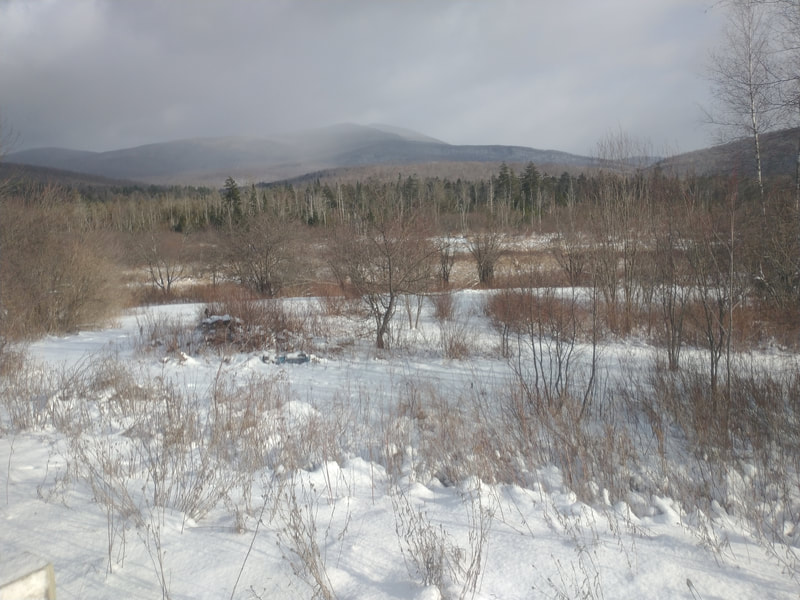
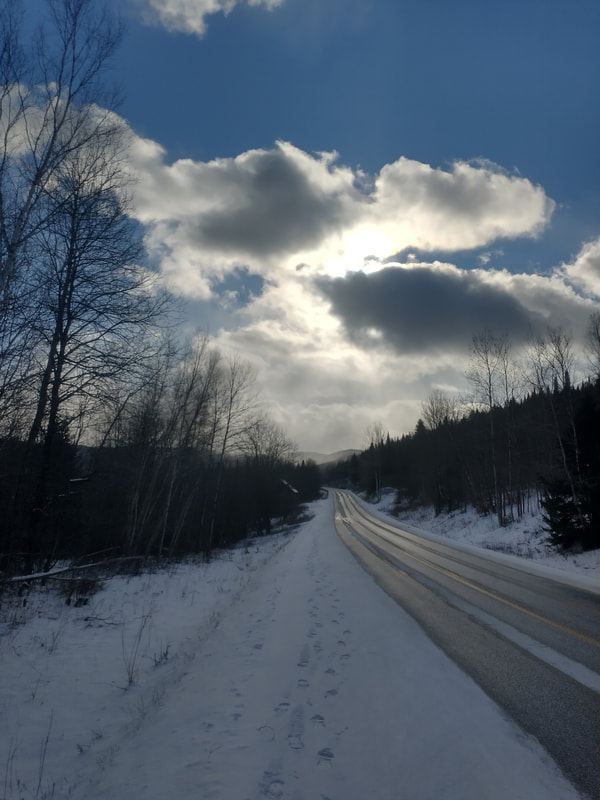
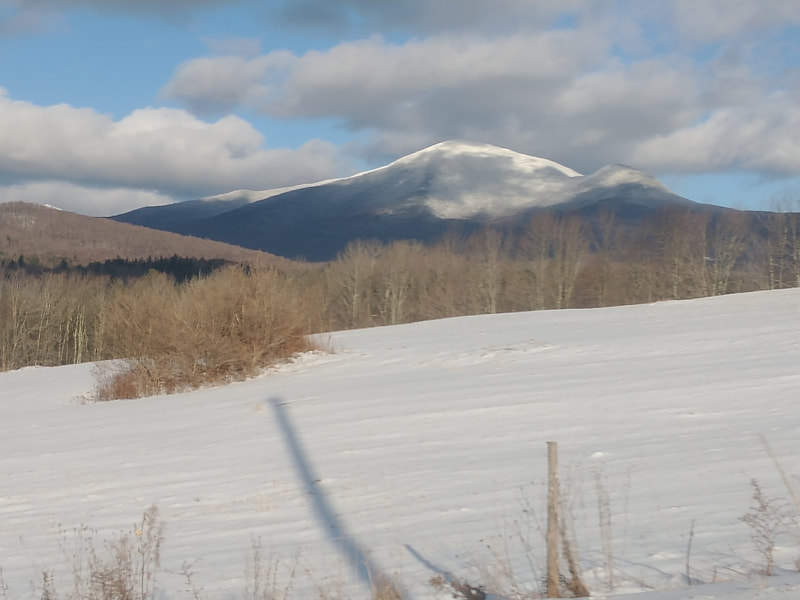
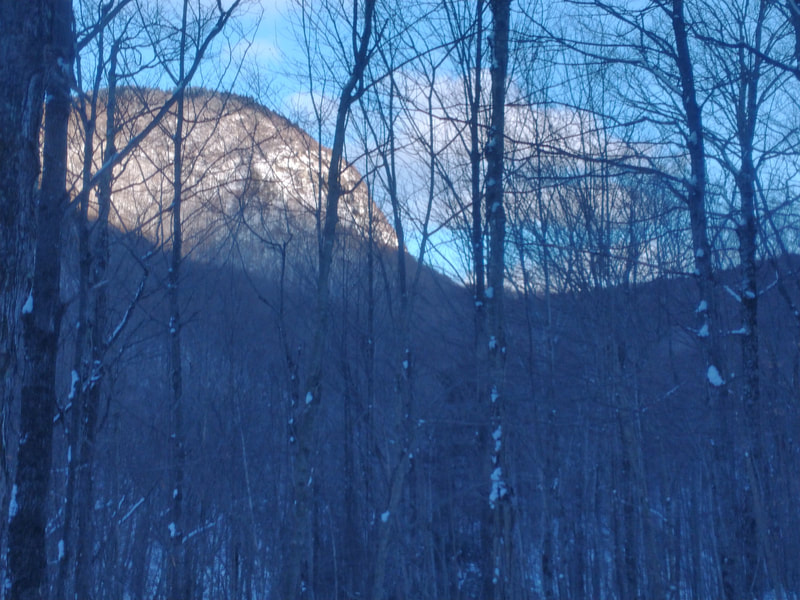
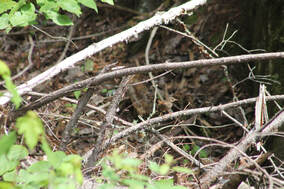
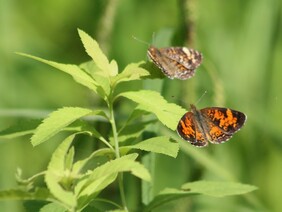
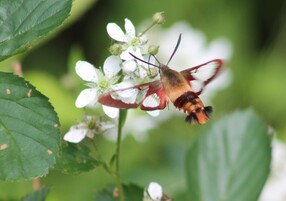
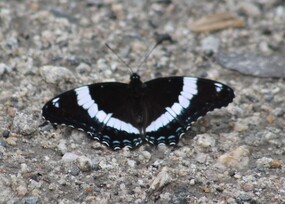
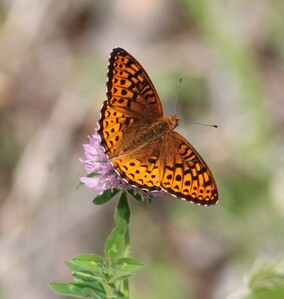
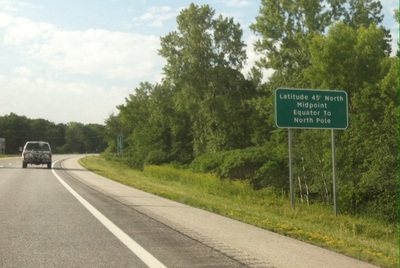
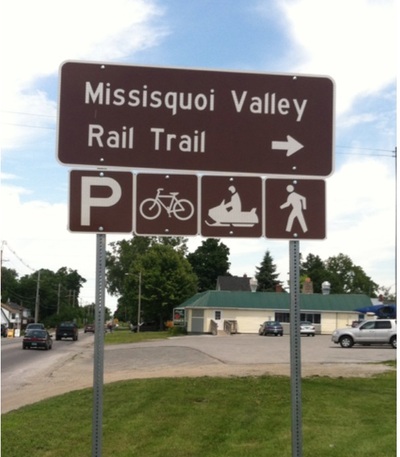
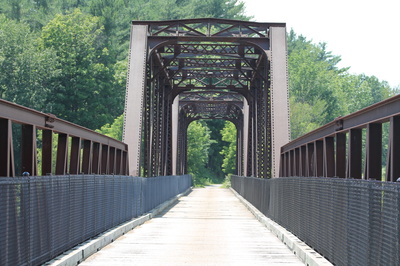
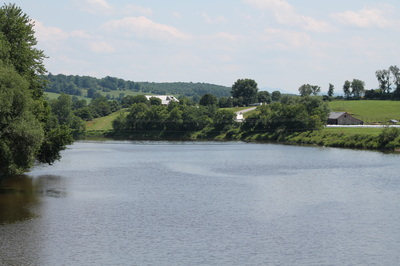
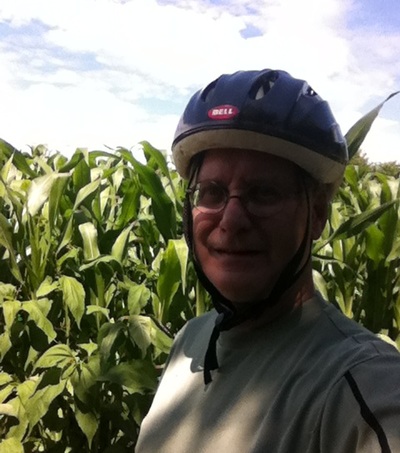
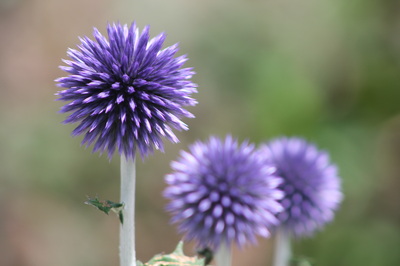
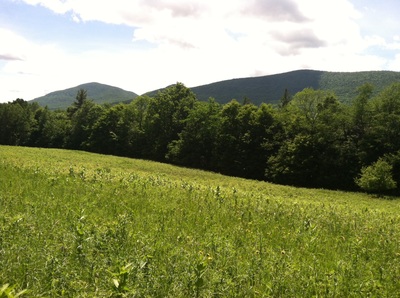
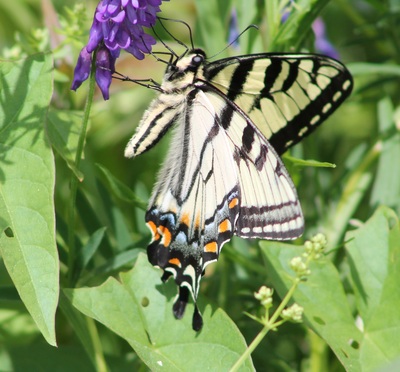

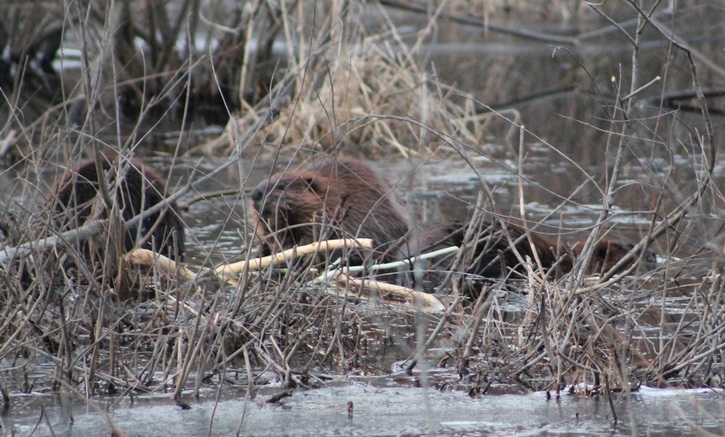
 RSS Feed
RSS Feed
